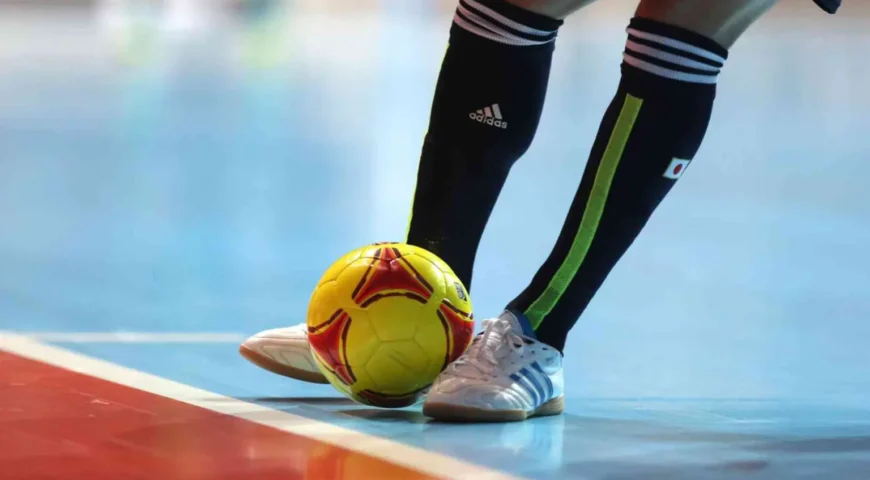
How Futsal is changing The Beautiful Game
Ever heard of futsal? Of course you have – but what are the differences that set it apart from its senior cousin?
First, some history. Futsal was developed by a teacher called Juan Carlos Ceriani in 1930s Uruguay. He found a way of combining different elements of five-a-side football (team sizes) basketball (timings) handball (goal sizes) and even water polo (goalkeeper rules).
Don’t worry, it’s far closer to football than anything else.
Futsal soon spread through South America and formed an international confederation in 1965, until FIFA took over in 1989. A World Cup soon followed, as did a UEFA tournament in 1996. In fact, many of today’s finest players – including Ronaldo, Neymar and Messi – credit futsal as being a key to developing their football skills.
So what are some of the key differences to football?
1 – Teams have 14 players in a squad, with five (including a goalkeeper) allowed on the pitch at any one time. Rolling and unlimited substitutions are allowed.
2 – The goalkeeper can actually be an outfield player – a bit like rush goalie, but in a different shirt.
3 – Each half lasts 20 minutes, with a stopping clock. Time-outs are allowed, sometimes with ten minutes of extra time.
4 – If a team concedes more than five fouls in a half of playing time, each subsequent foul gives the opposing team a free shot at goal.
5 – There are four match officials – a referee on each touchline, a third official on the halfway line and the timekeeper.
6 – If a player is sent off, the team plays short for two minutes, unless the opposing team scores.
7 – Players can enter the penalty area and goalkeepers are allowed out, but the latter cannot touch the ball again until it has gone into the opposition half or touched by an opponent.
8 – A kick-in is awarded if the ball goes over the touchline or hits the ceiling, and goals cannot be scored direct from a free kick.
9 – For kick-ins, free-kicks, goal clearances and corner kicks, the player in possession of the ball has four seconds to restart play which the referee will count with their fingers in the air. If play isn’t restarted within four seconds an indirect free-kick will be awarded to the opposing team. The goalkeeper is not allowed to control the ball for more than four seconds in their own half.
10 – The standard dimensions of a professional futsal court are 20m x 40m, compared to 68m x 105 m for regular football.
Told you there are some differences – and yes, the purists are still spluttering on their custard creams.
But if it brings more people into The Beautiful Game and inspires skills on the level of Messi, then it’s worth taking a look.


